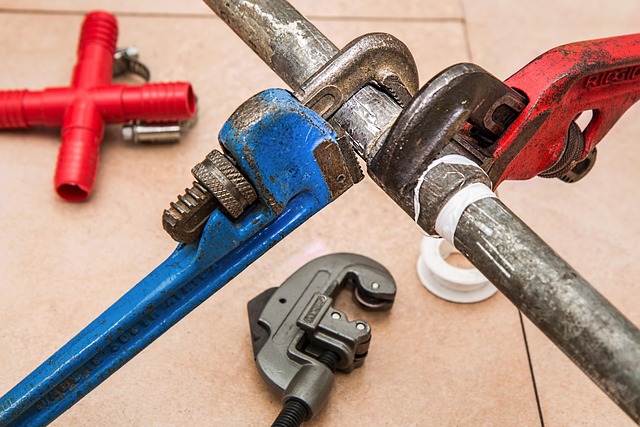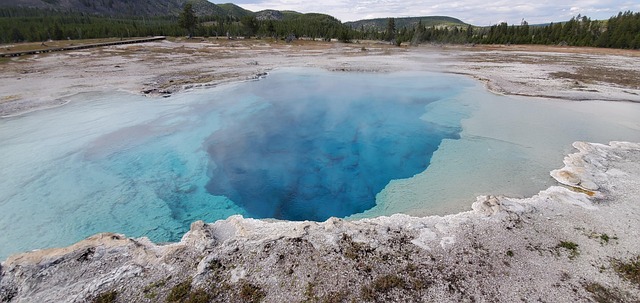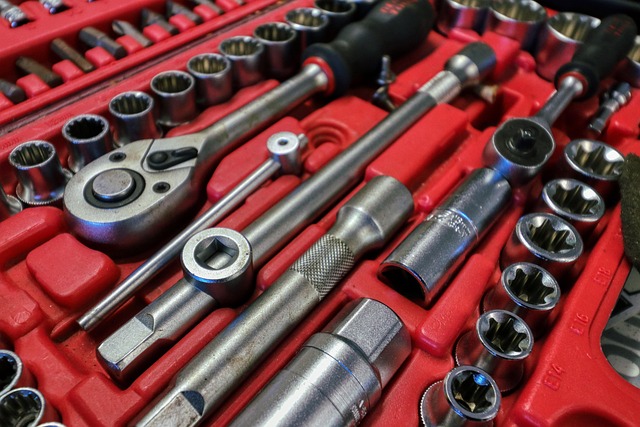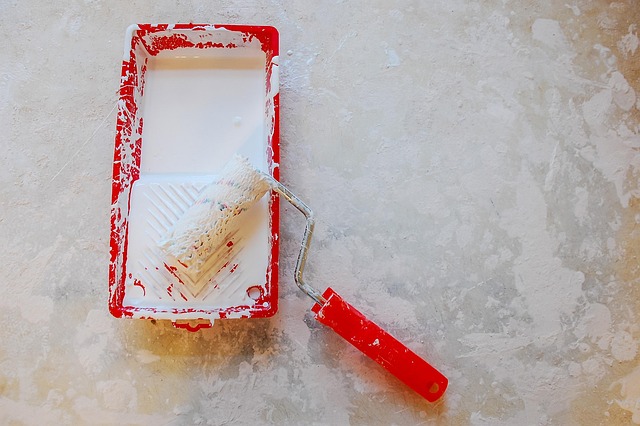If your water heater struggles to provide hot water or exhibits issues like excessive noise and temperature fluctuations, a faulty heating element could be to blame. While regular maintenance helps, heaters typically last 10-15 years. Upgrading to energy-efficient models with advanced heating elements reduces future problems like tank corrosion and water damage. Before DIY repairs, gather essential tools and safety gear, then shut off power at the circuit breaker or control panel. Access and inspect heating elements for damage or corrosion. Use a multimeter to check continuity; lack thereof indicates a damaged element. Decide between repair and replacement based on damage severity, age, and cost estimates, prioritizing safety throughout the process.
Struggling with a water heater that won’t provide you with any hot water? Don’t worry, it’s not too complicated to test and fix your faulty water heater element. Identify clear signs of malfunction, gather your tools, and follow these simple steps: turn off the power, access the elements, test their functionality, then replace or repair accordingly. We’ll guide you through each phase for a swift return to enjoying hot water in no time!
- Identify Signs of a Faulty Water Heater Element
- Gather Necessary Tools for Repair
- Turn Off Power to the Water Heater
- Access and Inspect the Elements
- Test the Element's Functionality
- Replace or Repair as Needed
Identify Signs of a Faulty Water Heater Element

If your once dependable water heater is no longer providing you with hot water, it might be a sign that an element has malfunctioned. Faulty water heater elements can cause a range of issues, from inconsistent heating to complete lack of hot water. Some clear signs include sudden changes in water temperature—like scalding or lukewarm water—or if the heater takes much longer than usual to reheat. Another indicator is excessive noise coming from the tank, which could suggest an element that’s worn out or malfunctioning.
Regular maintenance can help prevent these issues, but sometimes a replacement is necessary. Energy-efficient water heaters, for instance, use advanced heating elements designed to last longer and consume less energy. Knowing when to replace your water heater is crucial; waiting too long can lead to bigger problems like tank corrosion or even water damage. If you’re experiencing any of the above signs, consider checking your water heater’s age and consulting a professional to determine if it’s time for an upgrade, especially with low-flow fixtures for hot water conservation in mind.
Gather Necessary Tools for Repair

Before attempting to test or replace a faulty water heater element, make sure you have the right tools for the job. The basics include a voltage tester or multimeter, a screwdriver (both flathead and Phillips), a new heating element compatible with your water heater model, and safety gear such as gloves and eye protection. These tools will enable you to safely diagnose the issue, replace the element if necessary, and restore hot water to your home without incident.
Remember that a “no hot water repair” scenario can be frustrating, but with the right equipment and a bit of know-how, you may be able to fix the problem yourself using a DIY approach. However, if the issue persists or you’re uncomfortable tackling it alone, considering the potential “hot water repair cost estimates” might sway you towards professional assistance. In any case, ensuring your safety should always come first when dealing with electrical components like water heater elements.
Turn Off Power to the Water Heater

Before you begin any troubleshooting, it’s paramount to prioritize safety and ensure that power is cut off from your water heater. This critical step is often overlooked but can save you from potential hazards. Shut off the power at the circuit breaker or the water heater’s dedicated control panel (if equipped). Verify that the device is indeed powered down by testing with a voltage detector, ensuring no live current flows through any wires connected to the heater.
This initial action allows for safe handling of the unit and enables you to effectively troubleshoot the “no hot water” problem without risk of electric shock or other accidents. With power off, you’re now ready to explore various methods to temporarily fix the hot water issue or further troubleshoot to identify the root cause, ultimately guiding you towards how to restore hot water in your home.
Access and Inspect the Elements

After shutting off the water supply to your heater, the next step in water heater troubleshooting is accessing and inspecting the elements. This process involves carefully removing the access panel or door that conceals the heating element. Once exposed, closely examine the element for any signs of damage, corrosion, or loose connections. It’s crucial to remember that working with live electrical components can be dangerous; if you’re unsure about any part of this process, hiring professional plumbers for repairs is a wise choice.
Regular water heater maintenance tips suggest periodically checking these elements as they are often the culprit behind common no hot water repair issues. By keeping an eye on their condition, you may avoid more significant—and costly—problems in the future. Water heater troubleshooting guides recommend using appropriate tools to test for continuity and ensure each element is functioning optimally, contributing to a steady supply of hot water throughout your home.
Test the Element's Functionality

To diagnose a faulty water heater element, the first step is to test its functionality. Start by shutting off the water supply to your heater, then discharge any remaining hot water in the tank. After that, use a multimeter to check for continuity across the element. If you have an older heater, the element might be a simple coiled wire; newer models often feature more complex heating elements with multiple coils and insulation. Understanding water heater parts is crucial here as each component plays a specific role in the heating process.
If the multimeter indicates no continuity, it’s likely your element is faulty or broken. This could be due to various reasons, including old age, mineral buildup, or issues with the thermostat. Unlike some other home repairs, understanding water heater parts doesn’t necessarily translate into a DIY hot water repair cost estimate being feasible. In cases of severe damage or malfunctioning, especially when what causes hot water failure is not immediately apparent, it’s best to consult a professional for safe and effective no hot water repair solutions.
Replace or Repair as Needed

After thoroughly testing your water heater element and confirming its faultiness, the next step is to decide whether to replace or repair it. If the damage is minimal and the element is still within its warranty period, a simple repair might be sufficient. This could involve tightening connections, replacing corroded parts, or adjusting faulty switches. An emergency plumber in Bromsgrove can provide expert advice and carry out these repairs for you, ensuring your water heater is back to optimal performance with minimal disruption.
However, if the element has sustained significant damage, is old, or the repair cost estimates are substantial, it might be more cost-effective to replace the entire heating element. Many homeowners opt for a DIY replacement approach, which can save on hot water repair costs. This process typically involves shutting off the water supply, removing the damaged element, and installing a new one according to the manufacturer’s instructions. Remember, safety is paramount during any such endeavor, so ensure you have the necessary tools and knowledge before attempting a replace heating element diy project.
Testing a faulty water heater element is a straightforward process that can save you time and money. By following these simple steps, from identifying signs of trouble to replacing or repairing as needed, you can get your hot water back without the hassle of calling a professional. Remember, a well-maintained water heater ensures a steady supply of comfortable, hot water for your home. So, take control and turn your no hot water repair into a quick, efficient task.
